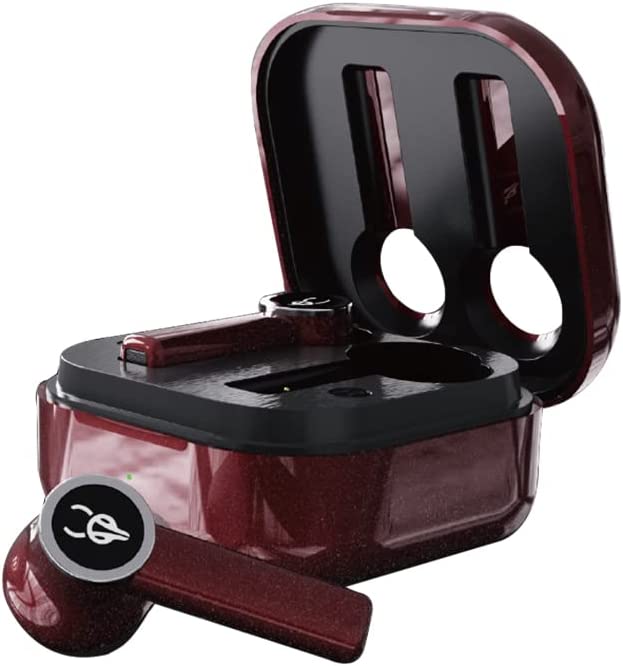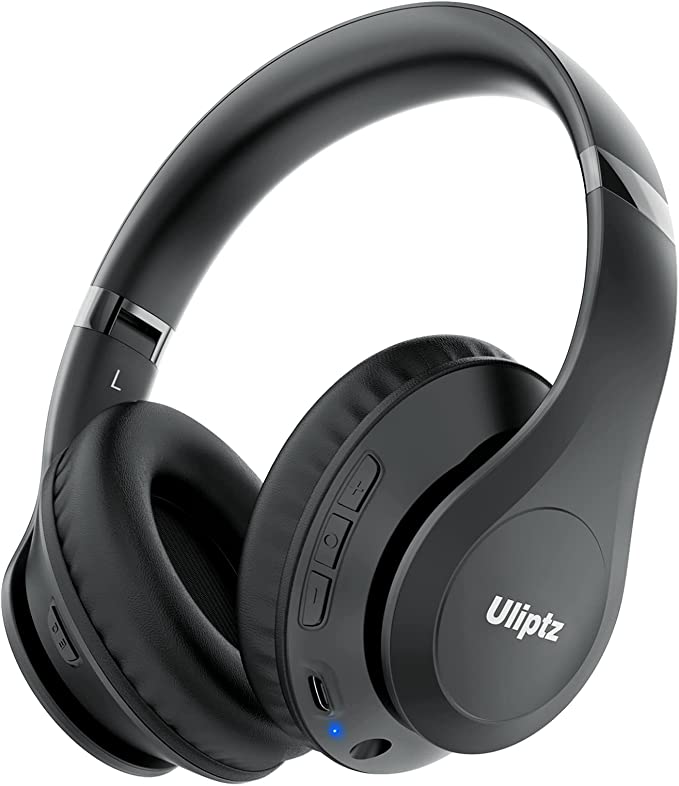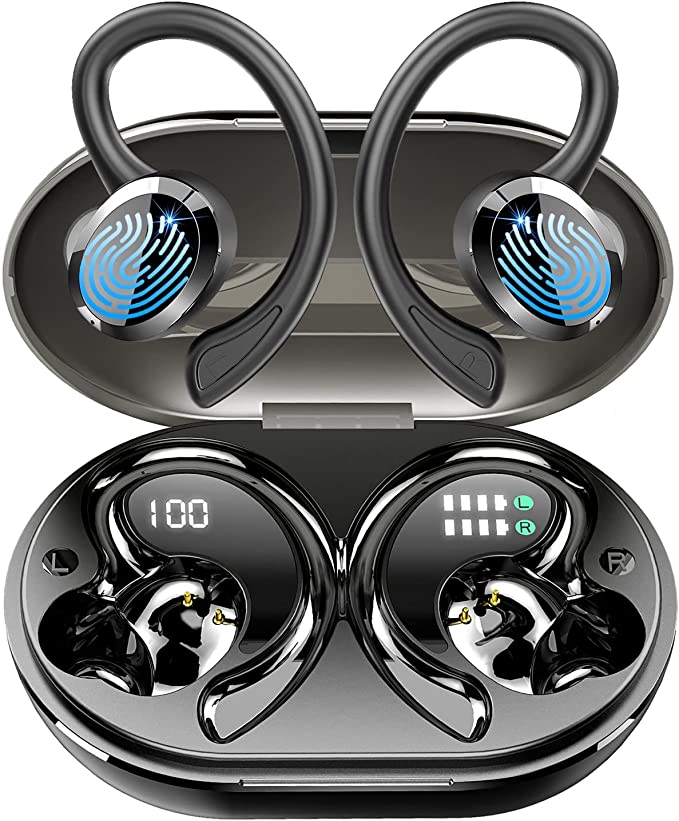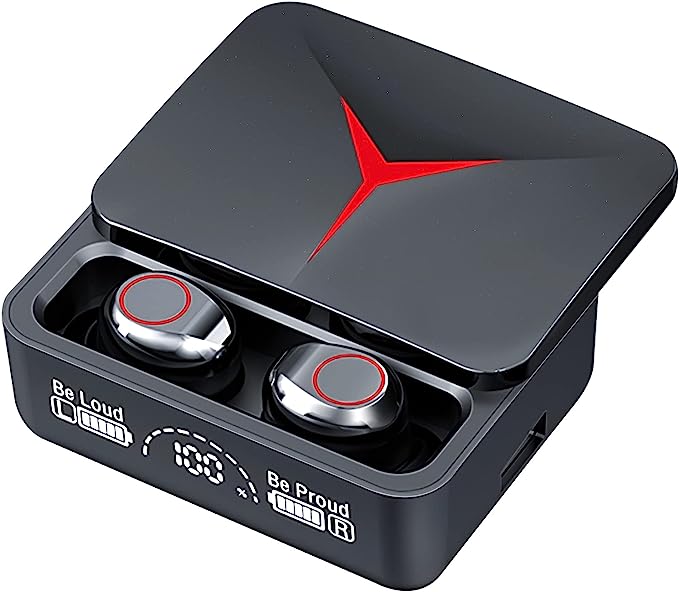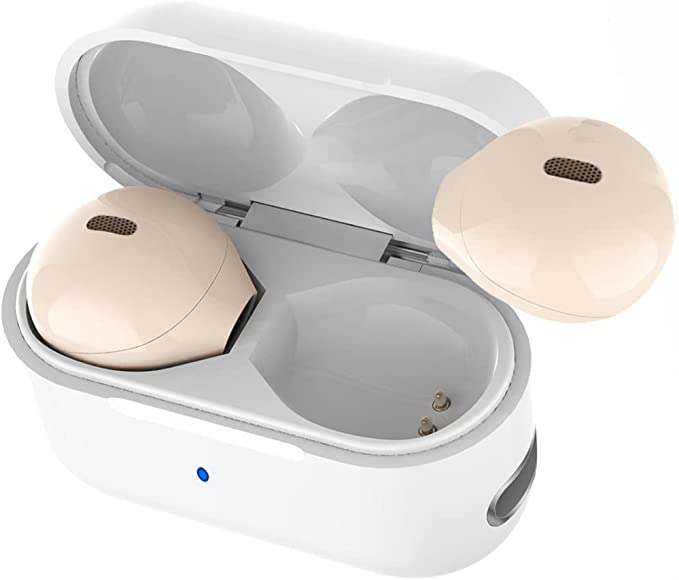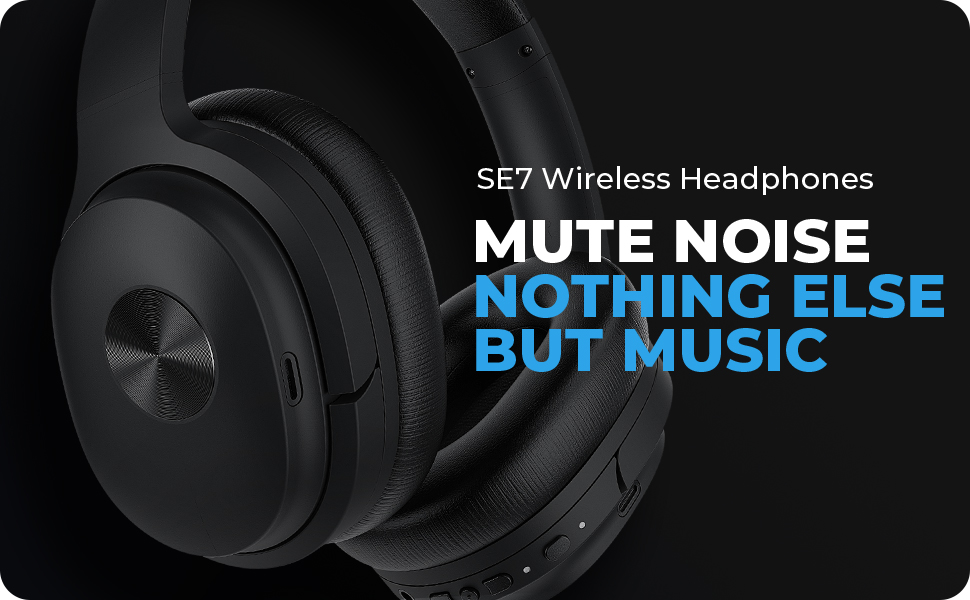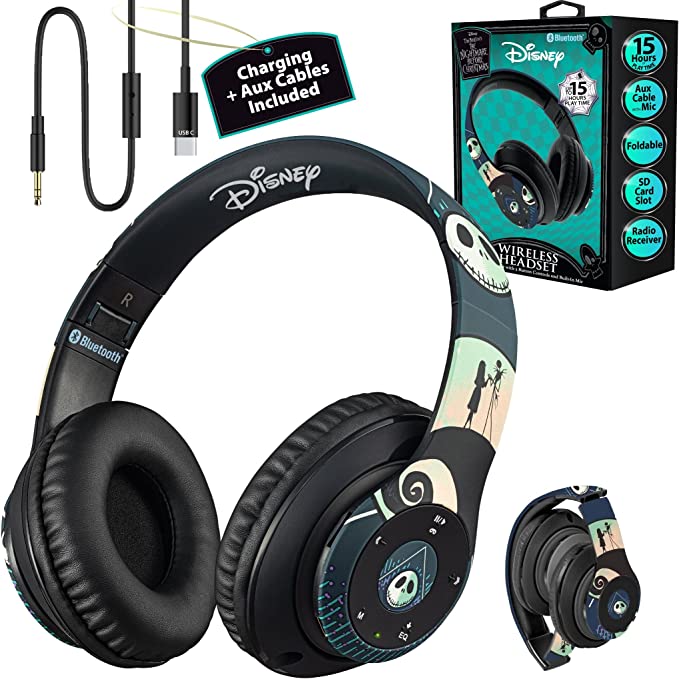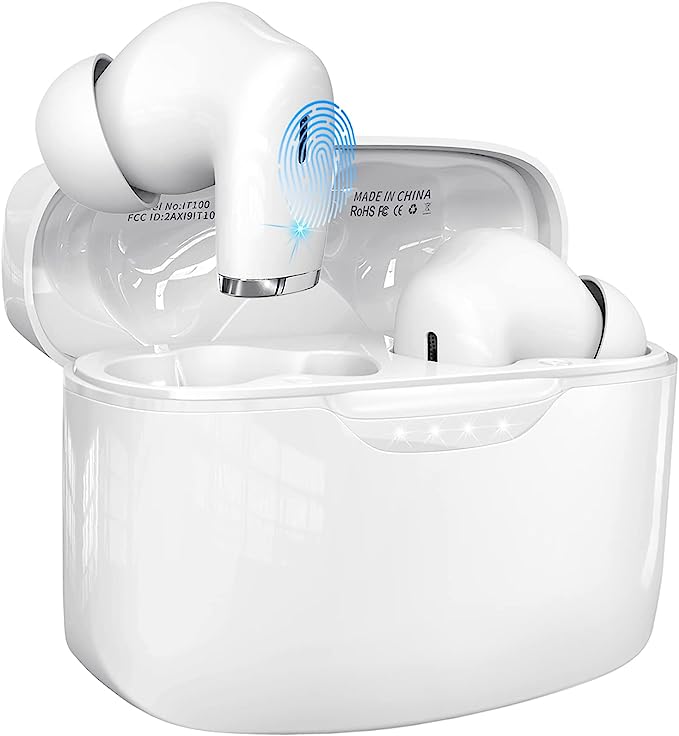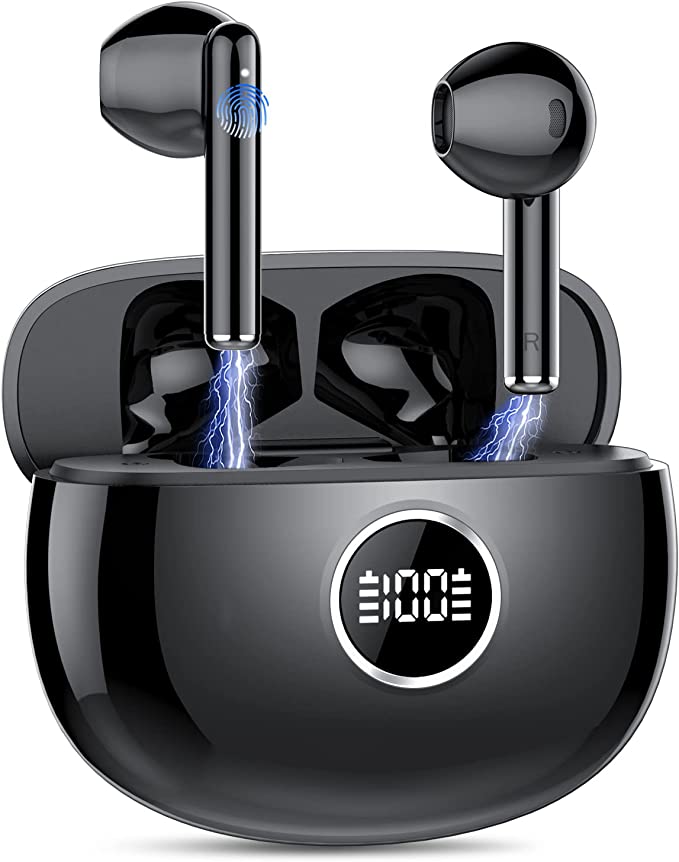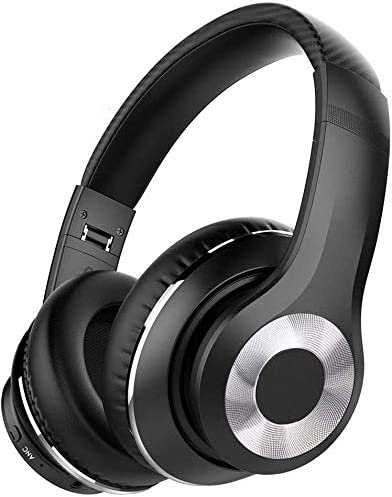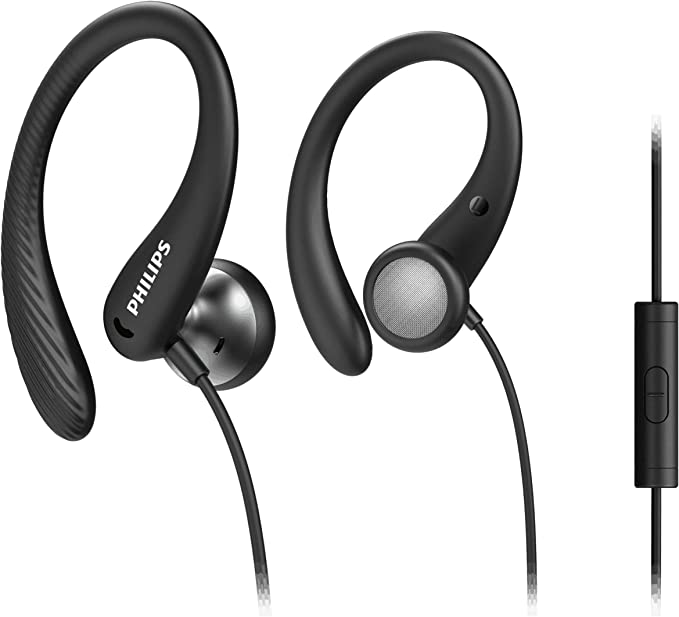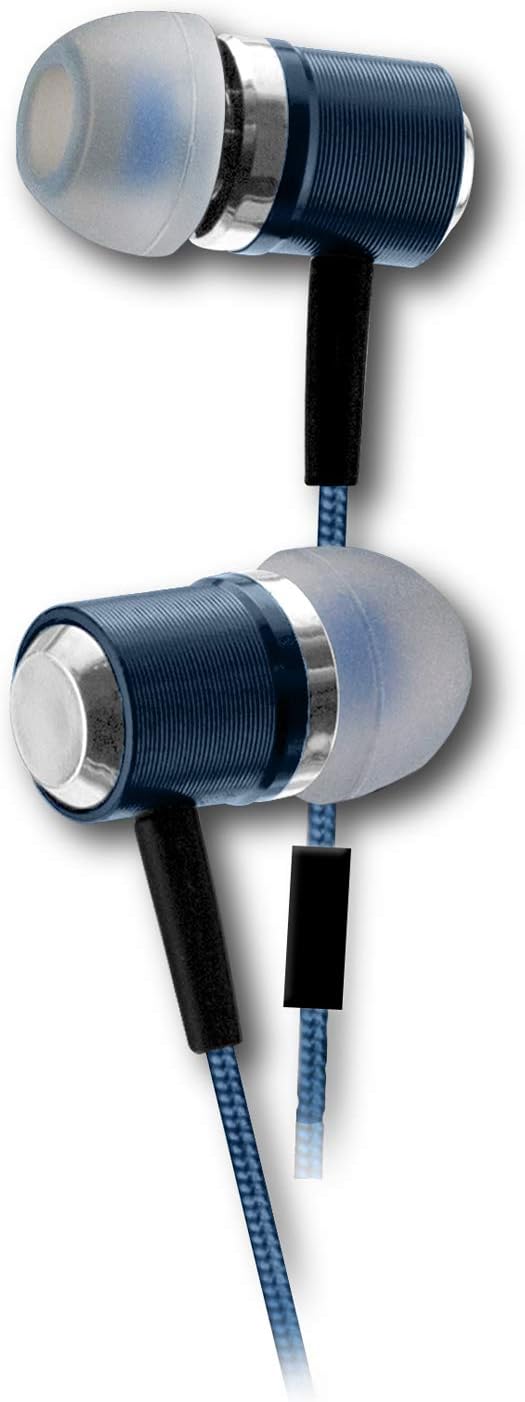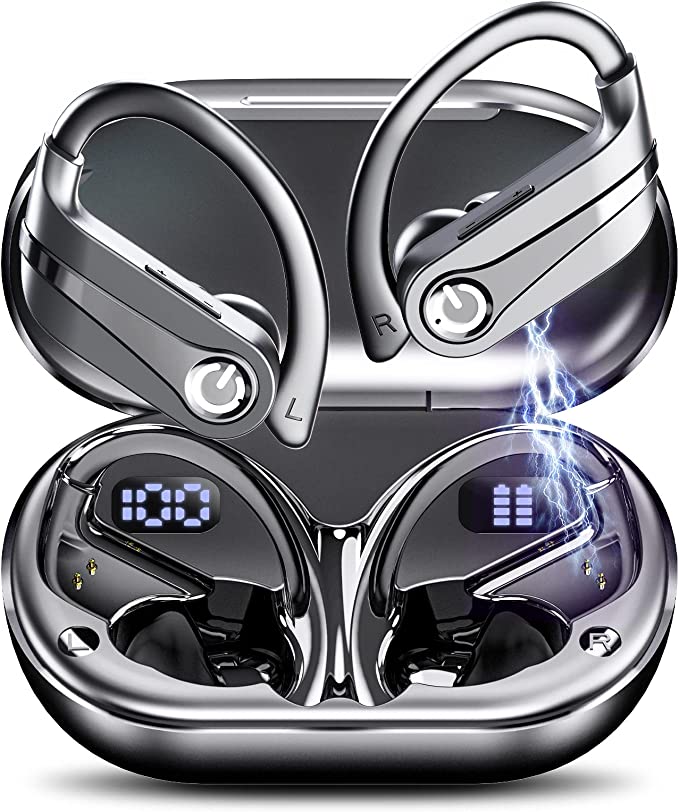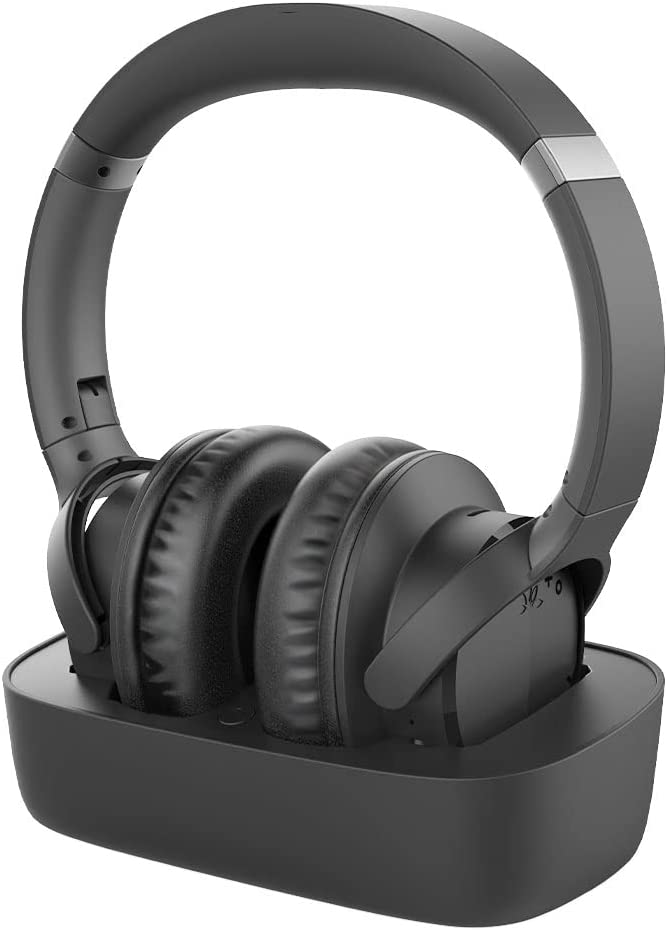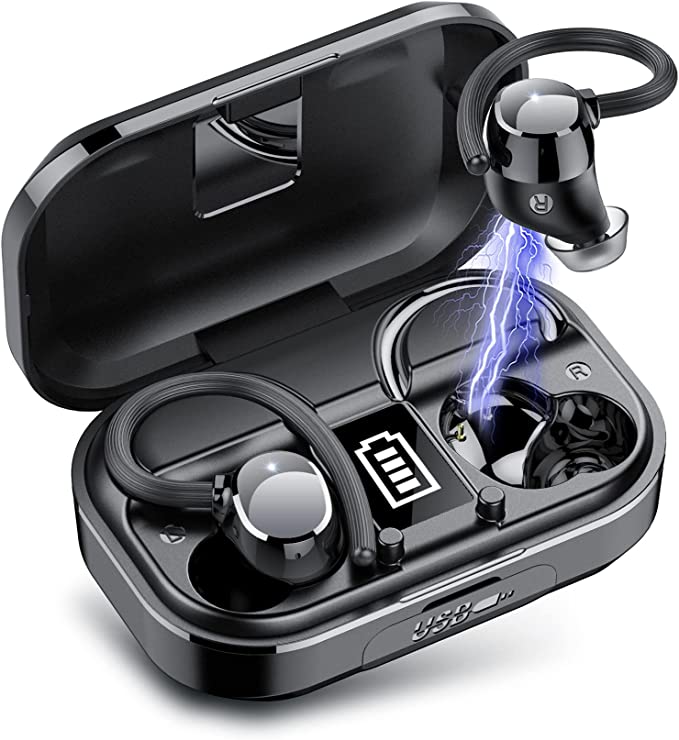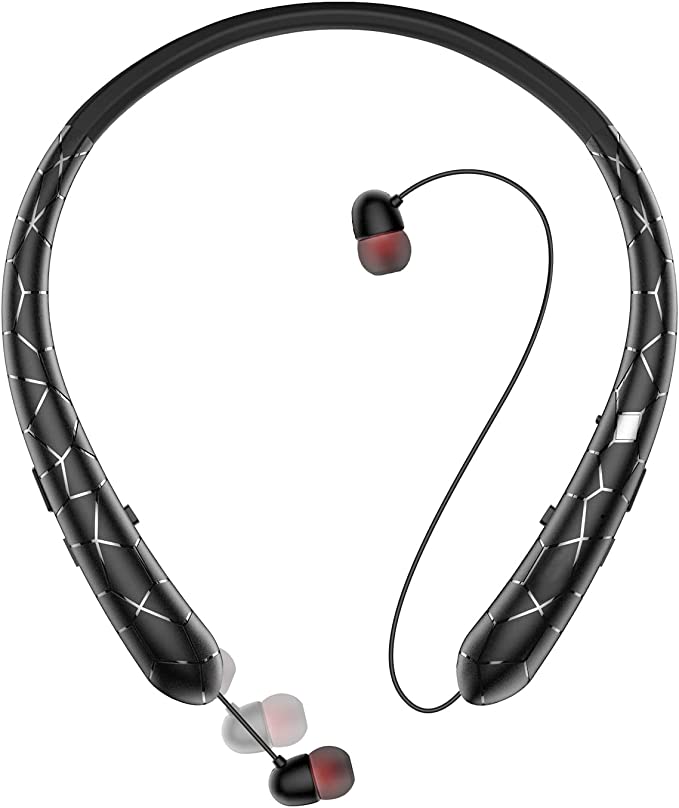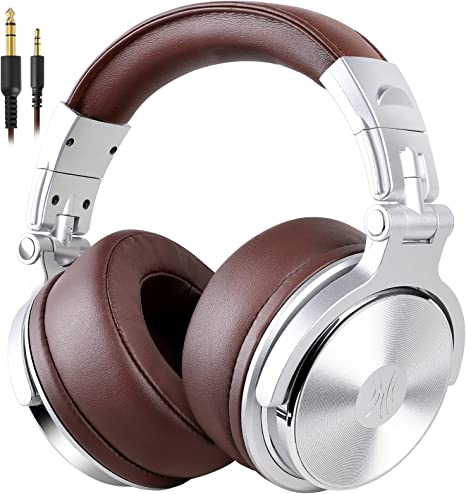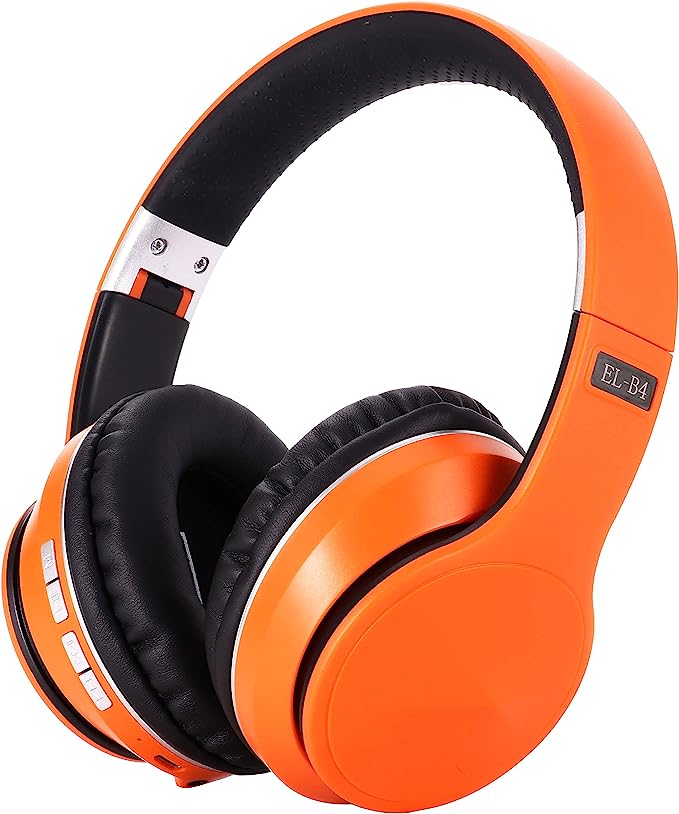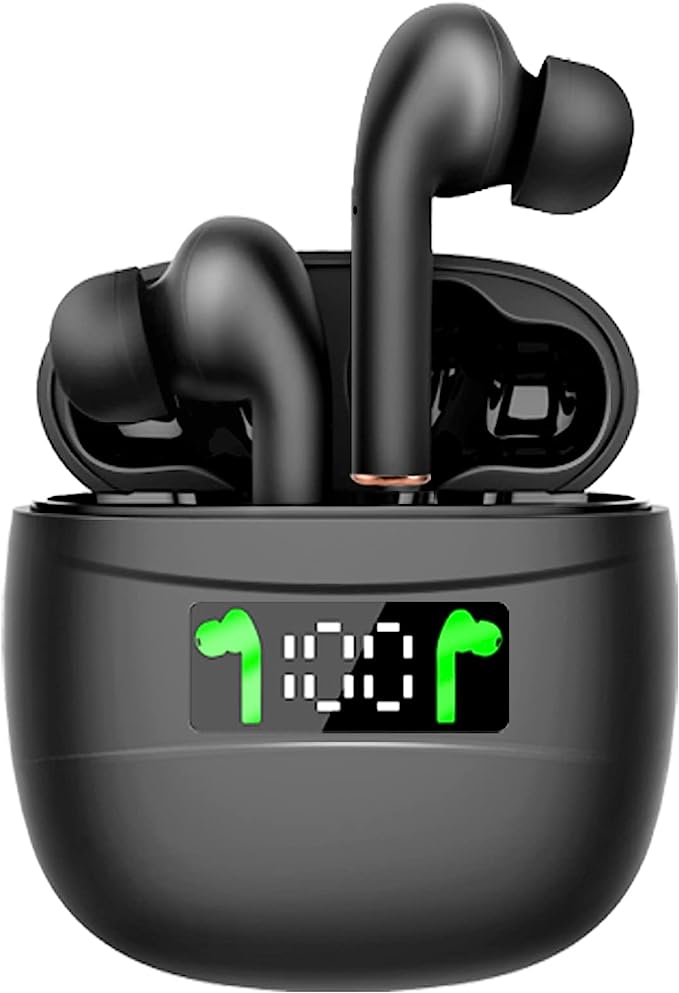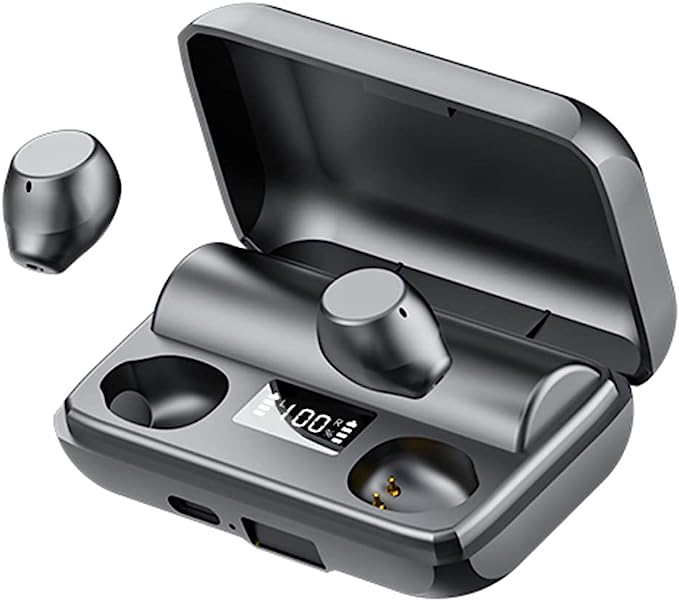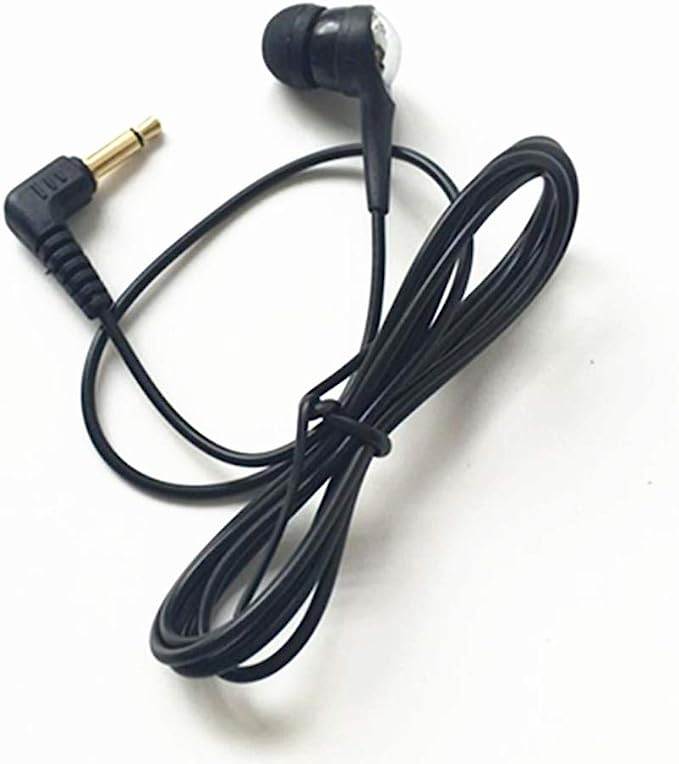Sabbat E18 Wireless Earbuds: The Stylish and Long-Lasting Wireless Earbuds
Update on June 6, 2025, 5:36 p.m.
In our hyper-connected world, the dream of truly untethered, high-fidelity audio has moved from a niche desire to a mainstream expectation. We crave that seamless soundtrack to our lives, whether navigating a bustling commute, focusing in a lively office, or finding solace in a personal workout. Wireless earbuds have emerged as the champions of this auditory freedom, and among them, the Sabbat E18 【Astria Coaxial Acoustic Architecture】 Wireless Earbuds, specifically in its vibrant “E18 Fluorescein Red,” offers a fascinating case study. But beyond the eye-catching color and promising features, what symphony of scientific principles and engineering ingenuity allows these tiny devices to deliver an immersive sound experience? Let’s peel back the layers and explore the science that makes the Sabbat E18 sing.

The Invisible Lifeline: Bluetooth 5.2 and the Dance of Data
The very essence of wireless audio hinges on an invisible yet crucial tether: Bluetooth. This technology, named rather whimsically after a 10th-century Danish king famed for uniting disparate tribes, has itself undergone a remarkable evolution, striving to unite our devices with ever-increasing stability and efficiency. The Sabbat E18 proudly incorporates Bluetooth 5.2, and this isn’t merely an incremental number change; it represents a significant leap in wireless performance.
At its core, Bluetooth 5.2 introduces enhancements designed to create a more robust and reliable connection. One such advancement often falls under the umbrella of features like the Enhanced Attribute Protocol (EATT), which improves the responsiveness and efficiency of data exchange between devices. Think of it like upgrading a single-lane country road to a multi-lane highway, allowing more data “vehicles” to travel smoothly and simultaneously, reducing congestion and potential delays. This translates directly to a more stable audio stream, less prone to frustrating dropouts or stutters, especially in environments crowded with other wireless signals – the bane of older Bluetooth versions.
Furthermore, a cornerstone of Bluetooth 5.2’s prowess is its significantly improved power efficiency, often facilitated by features like LE Power Control. This allows devices to dynamically adjust their transmission power, using only what’s necessary for a clear connection. It’s akin to a smart thermostat for your wireless signal, preventing energy wastage. For the Sabbat E18, this intelligent power management is not just an abstract benefit; it’s a critical factor in achieving its impressive battery life, allowing these compact earpieces to perform for extended periods without demanding constant recharges. The practical upshot for you, the listener, is a more seamless experience – music that doesn’t skip a beat, videos where audio and visuals remain perfectly synchronized, and calls that stay crystal clear, all while sipping power judiciously.

The Enduring Spark: Powering 30 Hours of Sonic Freedom
A wireless earbud is only as good as its ability to keep playing. The Sabbat E18 product information highlights a compelling figure: “more than 30 hours of listening time” when combined with its charging case. The earbuds themselves are equipped with a 3.7V/60mAh (milliampere-hour) battery, while the case boasts a more substantial 3.7V/750mAh capacity. But what do these numbers truly signify in the quest for enduring power?
The milliampere-hour (mAh) is a unit of electrical charge, essentially a measure of how much “fuel” the battery holds. A higher mAh generally indicates a longer potential runtime. However, raw capacity is only part of the story. The real magic lies in energy efficiency – how effectively that stored energy is utilized. The Sabbat E18’s ability to eke out a reported 8 hours of playback from its 60mAh earbud batteries (a figure provided in its “Product details” section) is a testament to this efficiency, a feat heavily supported by the low-energy demands of Bluetooth 5.2 and optimized internal componentry.
The charging case then acts as a portable “power bank” or a refuel station for the earbuds. With its 750mAh capacity, it can replenish the earbuds multiple times. If each earbud is 60mAh, a pair is 120mAh. Theoretically, the case (750mAh) could recharge the pair (120mAh) roughly six times (750/120 ≈ 6.25), not accounting for energy transfer losses. This aligns well with the “more than 30 hours” claim (8 hours initial + ~5-6 recharges * 8 hours/recharge). This symbiotic relationship between the earbuds and their case ensures that your personal soundtrack can accompany you through long journeys, demanding workdays, or multiple fitness sessions without the dreaded low-battery anxiety. It’s a carefully orchestrated ballet of power storage and judicious consumption, designed to keep the music playing.

The Acoustic Heart: Unveiling “Astria Coaxial Acoustic Architecture”
Perhaps the most intriguing technical claim for the Sabbat E18, as highlighted in its full product name, is the “Astria Coaxial Acoustic Architecture.” This is positioned as a key element in delivering a “HiFi Stereo Headphones” experience. To understand its significance, we need to delve into the fascinating world of acoustic engineering, particularly how sound is reproduced in the constrained space of an earbud.
The challenge for any audio transducer (the part that makes sound) is to faithfully reproduce the entire spectrum of audible frequencies, typically cited as 20 Hz to 20,000 Hz for human hearing – a range the Sabbat E18 also claims. In many traditional speaker systems, and even some multi-driver earbuds, different parts of this spectrum are handled by separate drivers: a woofer for low frequencies (bass), a tweeter for high frequencies (treble), and sometimes a midrange driver. While this can be effective, a key challenge is ensuring that the sound from these physically distinct drivers integrates seamlessly and arrives at the listener’s ear in perfect synchrony.
Coaxial driver design offers an elegant solution to this challenge. The concept, which has a rich history in high-end loudspeaker systems, involves mounting multiple driver components (like the woofer and tweeter elements) on the same axis, effectively creating a single point source for sound emission. Imagine an orchestra where, instead of the violins being on one side and the cellos on the other, all instrumental sounds emanate from the exact same spot, perfectly blended.
The primary acoustic advantage of a well-implemented coaxial design is phase coherence. Sound is made of waves, and “phase” refers to the timing of these waves. When sound waves from different drivers are out of phase, they can interfere with each other, leading to cancellations or reinforcements at certain frequencies, muddying the sound and distorting the spatial image. By originating sound from a single point, coaxial drivers minimize these phase discrepancies. This results in:
- Improved Clarity and Detail: Sounds are more distinct and less smeared, allowing for a more accurate reproduction of the original recording.
- Precise Stereo Imaging: The ability to “place” instruments and vocals accurately within the soundstage is enhanced. You get a more three-dimensional and immersive listening experience.
- Smoother Frequency Response: The transition between the frequency ranges handled by the different elements of the coaxial driver can be more seamless, leading to a more natural and balanced tonal quality across the entire 20 Hz - 20,000 Hz spectrum.
While the Sabbat E18’s product page doesn’t provide the intricate proprietary details of its specific “Astria” implementation (such as driver materials or specific crossover designs), the adoption of a coaxial acoustic architecture inherently aims to leverage these fundamental acoustic principles. It’s a sophisticated approach to sound reproduction, particularly noteworthy in the compact form factor of an earbud, striving for that elusive High-Fidelity (HiFi) experience – an experience defined by accuracy, detail, and a sound that is true to the original performance. The impedance of 32Ω suggests they are relatively easy to drive, common for portable devices, and the high sensitivity of 120±5dB implies they can achieve significant loudness with minimal power, complementing the efficiency goals.

The Supporting Ensemble: Crafting the Complete Experience
Beyond these headline technologies, several other elements contribute to the Sabbat E18’s overall performance and user experience. The “On Ear” form factor listed in some sections of the product data seems to be a misclassification, as the images and primary description clearly indicate an in-ear design. This is crucial.
The effectiveness of any in-ear headphone is significantly influenced by the quality of the seal it forms within the ear canal. The Sabbat E18, like many in-ear monitors, relies on silicone ear caps. A snug and proper fit serves two important acoustic functions. Firstly, it provides passive noise isolation. By physically blocking the ear canal, it reduces the intrusion of external ambient sounds, creating a quieter backdrop against which your music can shine. This is likely what the “Special Feature: Noise Cancellation” in the “Additional details” section refers to, as there’s no explicit mention of Active Noise Cancellation (ANC) circuitry, which is a far more complex technology involving microphones and anti-noise generation. Secondly, a good seal is vital for optimal bass response. Low-frequency sound waves require this enclosed space to develop properly and be perceived with their intended impact.
The “Simple operation” touted – single-click for play/pause/answer, double-click for track changes, triple strikes for volume, and long press for voice assistants or power – points to the use of capacitive touch controls integrated into the earbuds’ housing. These sensors detect the subtle change in electrical capacitance caused by a fingertip, translating touches into commands. This offers a sleek, button-free interface. Quick access to Siri (for iOS) and Android Voice Assistant is a standard convenience feature in modern wireless earbuds, enabled by Bluetooth communication profiles that relay commands to the connected smartphone.
Furthermore, the “Automatic connection” feature, where the earbuds “instantly turn on and connect to your device” upon removal from the charging case, is a hallmark of user-friendly design. This relies on the Bluetooth pairing memory established during the initial setup, streamlining the process of daily use. Finally, the built-in microphone is indispensable not just for invoking voice assistants but, more critically, for enabling hands-free calls, turning the Sabbat E18 from just a music device into a versatile communication tool.
The Sound of Science: Where Innovation Meets Emotion
The Sabbat E18 wireless earbuds, from their Fluorescein Red shell to their intricate internal workings, serve as a compelling example of how diverse scientific and engineering disciplines converge to create a product designed to enhance our daily auditory lives. The sophisticated dance of radio waves orchestrated by Bluetooth 5.2 ensures a stable and efficient connection. The careful management of electrical charge within compact lithium-ion batteries, both in the earbuds and the case, provides the endurance for extended listening. And at the very heart of the audio experience, principles of acoustic physics, embodied in the Astria Coaxial Acoustic Architecture, strive to reproduce sound with a fidelity that can stir the emotions.
While marketing language often highlights features, understanding the underlying science – the stability offered by advanced Bluetooth protocols, the energy density that powers compact devices, the phase coherence sought by coaxial driver designs, and the acoustic seal vital for immersive sound – empowers us as consumers. It allows us to appreciate not just the “what” but the “how” and “why” behind the technology we integrate so seamlessly into our lives. The journey of wireless audio is one of continuous innovation, a relentless pursuit of clearer, more reliable, and more immersive sound, all while shrinking in size and extending in capability. The Sabbat E18, with its particular blend of these technologies, aims to be a noteworthy stop on that ongoing journey, transforming invisible signals and stored energy into the very tangible pleasure of music.
